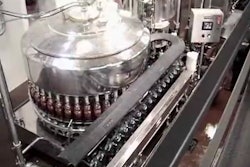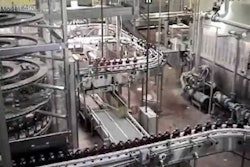“Vision is one of the technologies that really pushed Ethernet forward. The amount of data you can get from a vision system using Ethernet is amazing,” says Mark Sippel, principal product marketing manager for In-Sight Vision Sensors at Cognex Corp., Natick, Mass.
Adopting Ethernet had another key benefit for camera makers. “Going to Ethernet provides cameras with a smaller footprint than what we had when cameras used serial connections,” says Ron Sogueco, application engineer at DVT Corp., Duluth, Ga.
Over the past few years, there has been an emergence of a few competitive camera data transfer technologies such as Firewire/1394, CameraLink and even the personal computer industry’s Universal Serial Bus (USB) 2.0. They provide high bandwidth and ease of integration but don’t have the broad support of Ethernet.
Today’s microprocessors now have enough capability to process vision data directly from cameras, which eliminates the need for frame grabbers. Eliminating hardware also shifts the focus to the software, with improved algorithms bringing new benefits.
Another user benefit of Ethernet is setup and control. Operators in a single control room can monitor all the units on the network for both standard operations and diagnostics. “You can upgrade the software without going to each separate piece of equipment,” says Cognex’s Sippel.






















